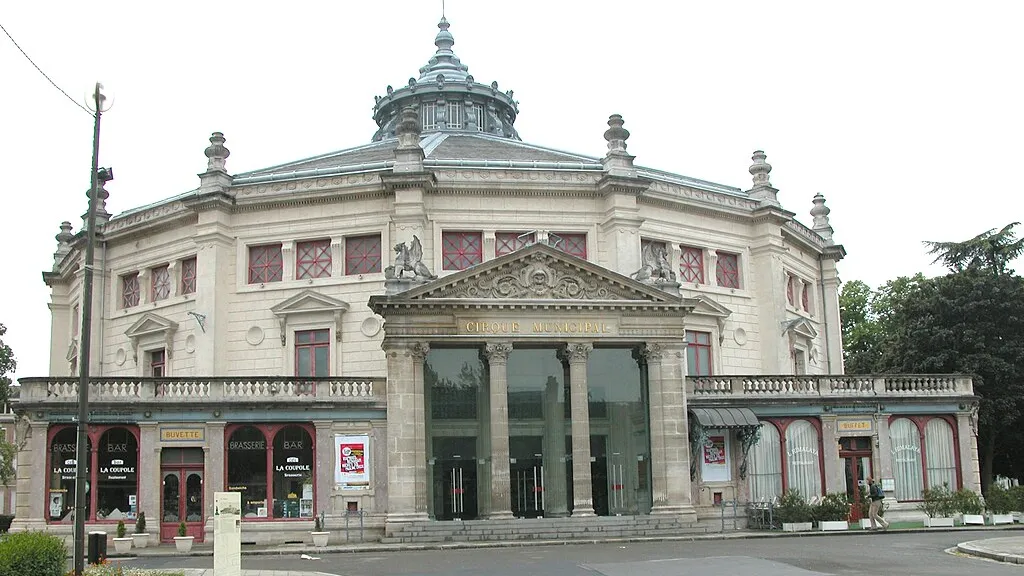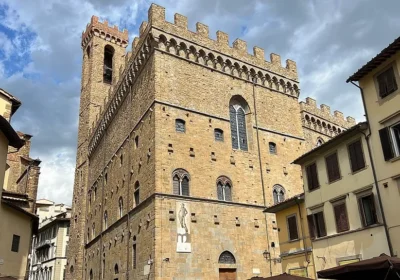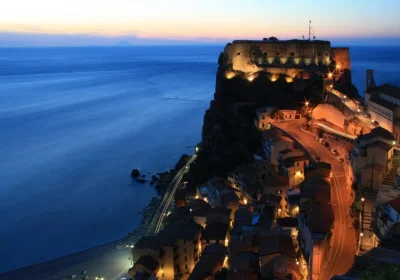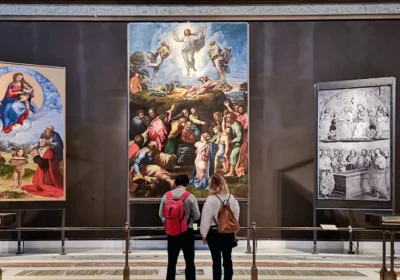The year 2005 was a date celebrated by the literary and reading public not only in France but also in many other countries. This year marked the 100th anniversary of the death of the great French writer Jules Gabriel Verne, who is considered an idol by millions of readers in many different countries.
For many years Jules Verne has been one of the most frequently published writers in the world. In terms of the number of translations into the world’s languages, Jules Verne’s books in the late 1960s and early 1970s were in third place, behind only the works of Lenin and Shakespeare (UNESCO Bibliographical Directory). His books have been printed in 148 languages.
Jules Verne was born on February 8, 1828, in the city of Nantes, one of the many islets in the bed of the Loire. For several years he lived in Paris, engaged in literary labor, but found this occupation unprofitable and, going to marry, became a stockbroker. However, the idea of writing did not give up.
In 1856, coming here for the wedding of a friend, Jules Verne fell in love with the bride’s sister and the city itself. Many years later, he told in an interview: “I moved from noisy Paris to the calm, quiet Amiens and have lived here for many years, since 1871. You may ask: why?… This city is especially dear to me because my wife was born here and here we met. And the title of municipal councilor of Amiens, I am no less proud than literary fame “.
Jules Verne buys in Amiens two-story mansion on Longueville Boulevard. This is his first house of his own.
Jules Verne lived in Amiens for 34 years, until his death in 1905. He had to make frequent visits to his publishers in Paris, so the route from his house to the station is still called the “Jules Verne route”.
Who in nineteenth-century Amiens started work at five in the morning? Probably only bakers and Jules Verne. No matter what was going on, he sat down at his desk every day at five in the morning. And after lunch, he collected his famous card catalog, which stored information about various technical inventions and scientific discoveries. This is what allowed Jules Verne to anticipate the direction of science, which so amazed readers-contemporaries. And not only contemporaries. For example, a few years ago in Amiens in the attic found unpublished manuscript, which describes a machine that is strikingly similar to a modern fax machine.
Jules Verne died at 8 a.m. on March 24, 1905, during a diabetic crisis. He is buried near his home in Amiens. Two years after Jules Verne’s death, a monument was erected on his grave, depicting the science fiction writer rising from the dust, with his hand stretched out to the stars.
Now the International Jules Verne Center is located at 2 rue Charles Dubois, where he lived. This house – with a tower and a huge veranda, with large windows, a “fantastic” garden and a globe on the roof – looks exactly as a fantastist’s dwelling should look. Even today it seems incredibly modern, looking into the future, as if it was built not in the XIX, but in the XXI century.
In the museum of the center you can see not only lifetime editions of Jules Verne’s books, but also a model of the Nautilus, maps and documents that inspired the writer to tell stories about incredible voyages. There is also a little-known sketch: “The Perfect City: Amiens in 2000”: “Ladies and gentlemen, I just had a fantastic dream of a wonderful walk through Amiens!”
It’s no surprise that Jules Verne, who predicted space flight, the invention of airplanes, helicopters, scuba diving, and television, also predicted perfect walks in Amiens. In 2010, his city is still beautiful.
Here are just a few words about the city that Jules Verne loved so much:
People have inhabited this area since time immemorial. Initially, it was inhabited by local tribes of Gauls, or rather, one of their “branches” – the Ambians (in honor of whom the city was named). Then the power of the Roman Empire spread here, and after its fall, the neighborhood of Amiens became an arena of struggle between the Franks and the Normans. At the beginning of the second millennium AD Amiens became part of France. This is when the majestic sights that make Amiens tours so popular nowadays began to be built here.
Amiens (French: Amiens, Picard. Anmien) is the capital of Picardy, located in the bend of the Somme River. It is home to the largest and one of the most beautiful Gothic cathedrals in France.
The Cathedral of Notre Dame, built by Robert de Luzarsh – is a true masterpiece of Gothic architecture and at the same time the last in the series of Gothic cathedrals of Ile-de-France, erected in the XIII century. The builders took the Chartres cathedral as a basis for the project, but slightly modified the design.
According to the original plan, the towers of the cathedral should have been twice as wide and much higher than the existing ones, but the builders decided to stop, erecting the towers only up to half height, which gives a feeling of disharmony. In 1366 the construction of a tent over the south tower was started. The northern tower was completed only at the beginning of the XV century.
The facade of Amiens Cathedral is characterized by a rare fusion of architecture and sculpture. They are decorated with sculptural reliefs with scenes from the Old Testament and from the life of citizens (4500 figures). The sculptural decorations of the three portals of the cathedral are dedicated to three themes: the theme of the Last Judgment, the Virgin Mary and the locally revered saint – the first bishop of the city, Firmen, who after his canonization became the patron saint of Amiens. The statues decorating the central facade were made in 1224-1230. The decoration of the southern facade is the famous sculpture “Golden Madonna”, dating back to the middle of XIII century. It was once gilded, for which it received its name. This magnificent sculpture served as a model for many subsequent buildings in France and Europe.
After the intricately carved decoration of the facades inside the cathedral, one expects to see something extraordinary. The walls of the temple are almost devoid of decoration – they are surrounded only by a relief garland. The interior space of the temple is almost halved by a wide transept. Going deep into the slender, light colonnade height of 18 meters creates in the temple the impression of spaciousness, free space, permeated with air and light.
To a large extent this impression is achieved due to the large size of the building, but even more so due to the absence of traditional stained glass windows.
The city in the twelfth-thirteenth centuries was not poorer than Paris, so it could afford to rub Parisians’ noses in it: in Amiensky Notre Dame by volume almost fit two Parisian Notre Dame. Interesting fact: a huge cathedral could accommodate the entire population of the city of Amiens, which at that time amounted to about 10 thousand people!!!!
It is here, in the Amiens Cathedral, is kept a sacred Christian relic – the Head of John the Baptist, which, as it is believed, after the capture of Constantinople in 1204. “by the Providence of God” ended up in Amiens. Actually, it was for her sake that Notre Dame d’Amiens was built. It is said that the appearance and stay of the great Christian shrine in Amiens, the capital of Picardy, was marked by a number of miracles.
Not so long ago, a group of French scientists conducted an independent examination, confirming once again the authenticity of the shrine. Thus, the study showed that the preserved part of the skull belongs to a man born in Palestine in the I-II centuries. The trace on the head left a sharp object (apparently, a dagger), and this just corresponds to the Church legend about how Herodias, receiving the head of John the Baptist, in a rage stabbed her with a knife.
No wonder that on July 7, the feast of the Nativity of John the Baptist, thousands of parishioners gather in Amiens Cathedral.

















